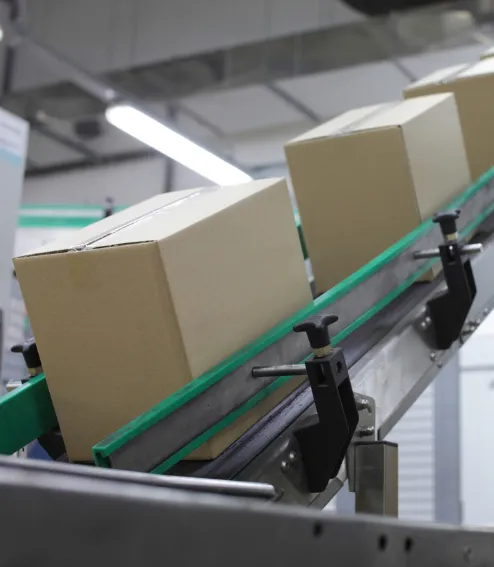Most Common Types Of Conveyor Systems
Four of the most common conveyors are belt conveyors, roller conveyors, powered roller conveyors, and overhead conveyors. Belt conveyors, often called conveyor belts, are among the most popular for moving a mass amount of product such as coal, rocks, or trash. Roller conveyors, non-powered, are used chiefly for items like boxes, and when installed at a downward angle, the force of gravity pushes the products along. The downside to this type of conveyor system is that you can’t control how quickly the items make their way through the system, how close they are to each other, and any potential collision damage. A way to combat this and cut back on losses is by using powered roller conveyors. Powered roller conveyors are a roller conveyor system, except with this system, the rollers are not free moving allowing you to control the rate of speed and prevent objects from colliding.
One of the most significant negatives of these three conveyor systems is that they can be in the way; they’re a physical barrier that can congest your work floor. In this instance, an overhead conveyor system is commonly used. Overhead conveyors are installed above the main work floor and are typically a safe option as they are unreachable1, drastically cutting down on employee/conveyor interactions. However, this can also be negative as individuals working beneath the conveyor can fall victim to items falling from the system.









